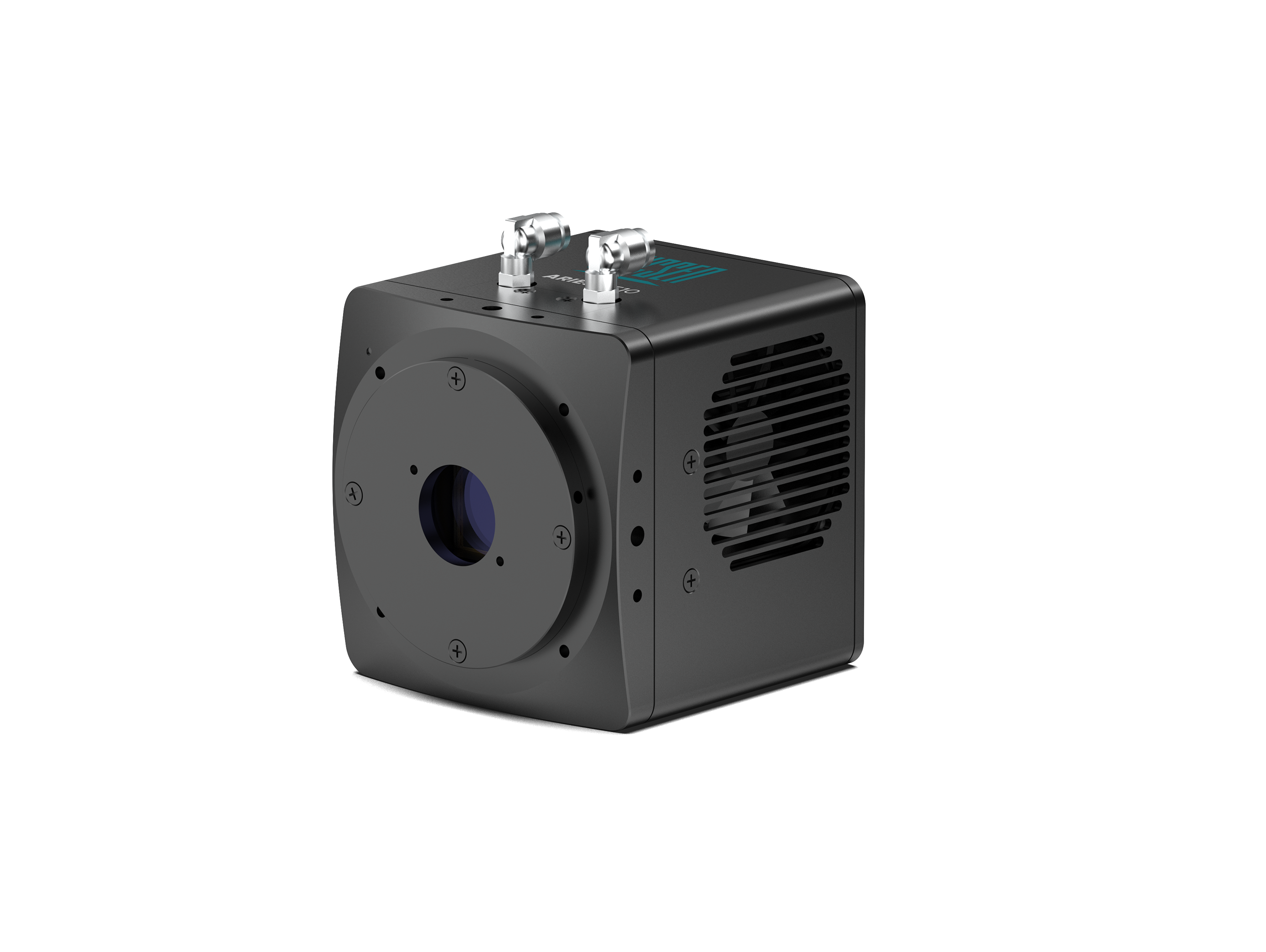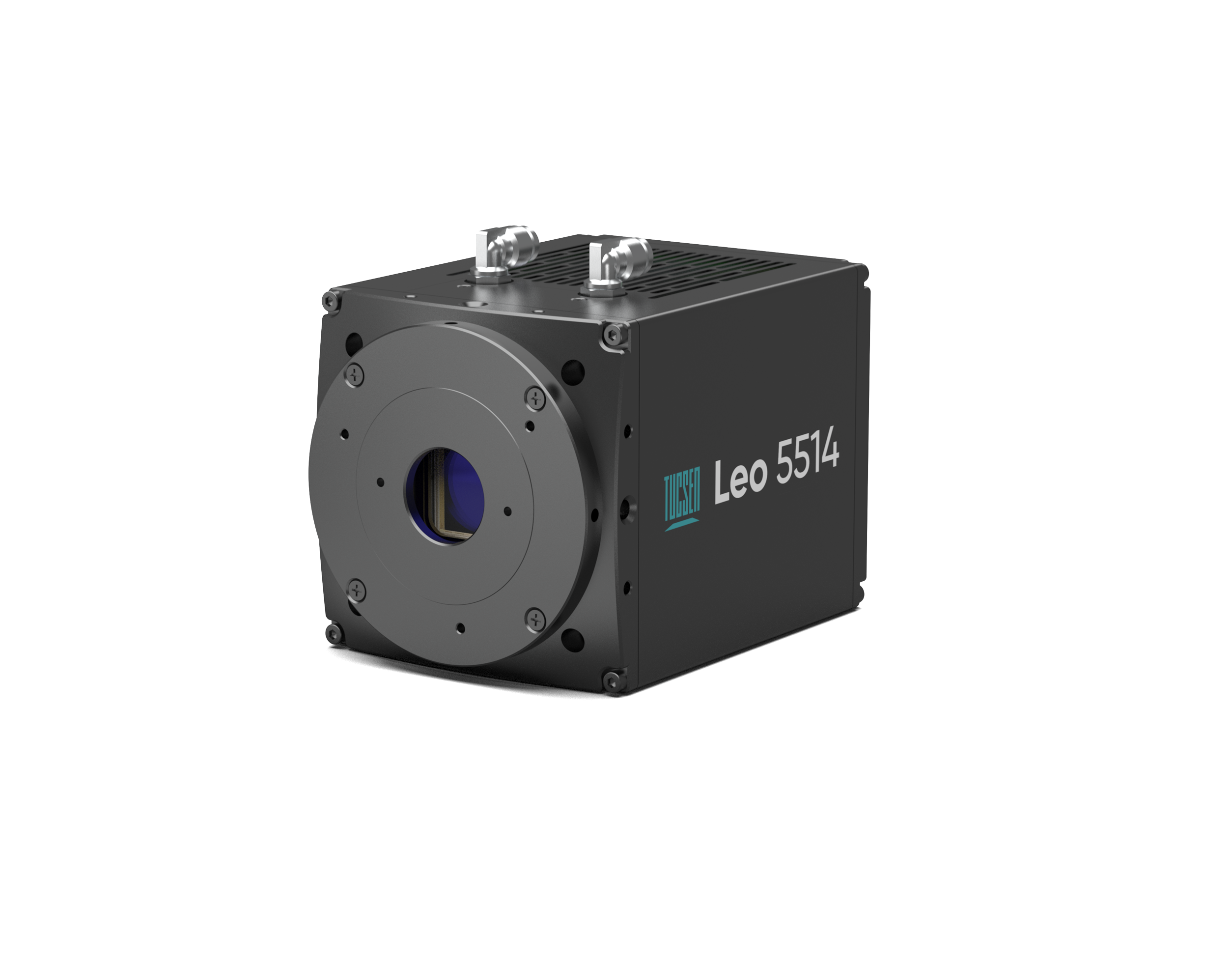Application Challenges
Voltage imaging is an advanced technique that combines cellular electrophysiology with optical imaging to monitor membrane potential changes using fluorescent indicators. It has become a powerful tool in modern neuroscience. Compared with traditional electrode-based recordings, voltage imaging is far less invasive, and compared with calcium imaging, it offers much higher temporal resolution, enabling a more faithful representation of neuronal activity.
Because neuronal electrical signals occur on extremely short timescales—typically within a few milliseconds—the imaging system must meet exceptionally demanding performance requirements:
● High-speed acquisition: The camera must achieve hundreds to thousands of frames per second to match the 1–2 ms dynamics of neuronal activity.
● High sensitivity and low noise: Since voltage indicator signals often exhibit only small fractional changes (ΔF/F ≈ 1–5%), the system requires high quantum efficiency and minimal read noise to maintain high signal-to-noise ratios under low-light conditions.
● Stable synchronization: In multi-channel or multi-region recordings, precise triggering and temporal synchronization are essential to prevent data misalignment.


Aries 6510
Large-Format 6.5 µm BSI sCMOS Camera
Quantum Efficiency: Peak QE up to 95%, near single-photon detection capability (<0.7 e⁻ readout noise)
Sensor Area & Resolution: 29.4 mm imaging area, 10.2 MP resolution, full-frame readout up to 150 fps.
Pixel Size: 6.5 µm, versatile across multiple magnifications.
Readout Modes: Multiple readout modes for optimized performance.
Interface: High-speed GigE interface.
Cooling: Forced-air cooling minimizes noise drift and ensures stable quantitative imaging.

Leo 5514 Pro
Large Format High-Throughput BSI sCMOS Camera
Global shutter + BSI sCMOS architecture provides excellent quantitative imaging performance for high-speed weak-light applications
100 G CoF high-speed interface, single interface bandwidth up to 100 Gbps, high-speed and stable, easy to integrate
670 fps @ 14 MP, data throughput increased by 22 times compared to traditional BSI sCMOS cameras
30.5 mm Large FOV, single-frame imaging field of view 2.5 times that of typical 6.5 µm sCMOS
5.5 µm pixel size, better matching the sensitivity and resolution sampling balance for optical systems above 40×











